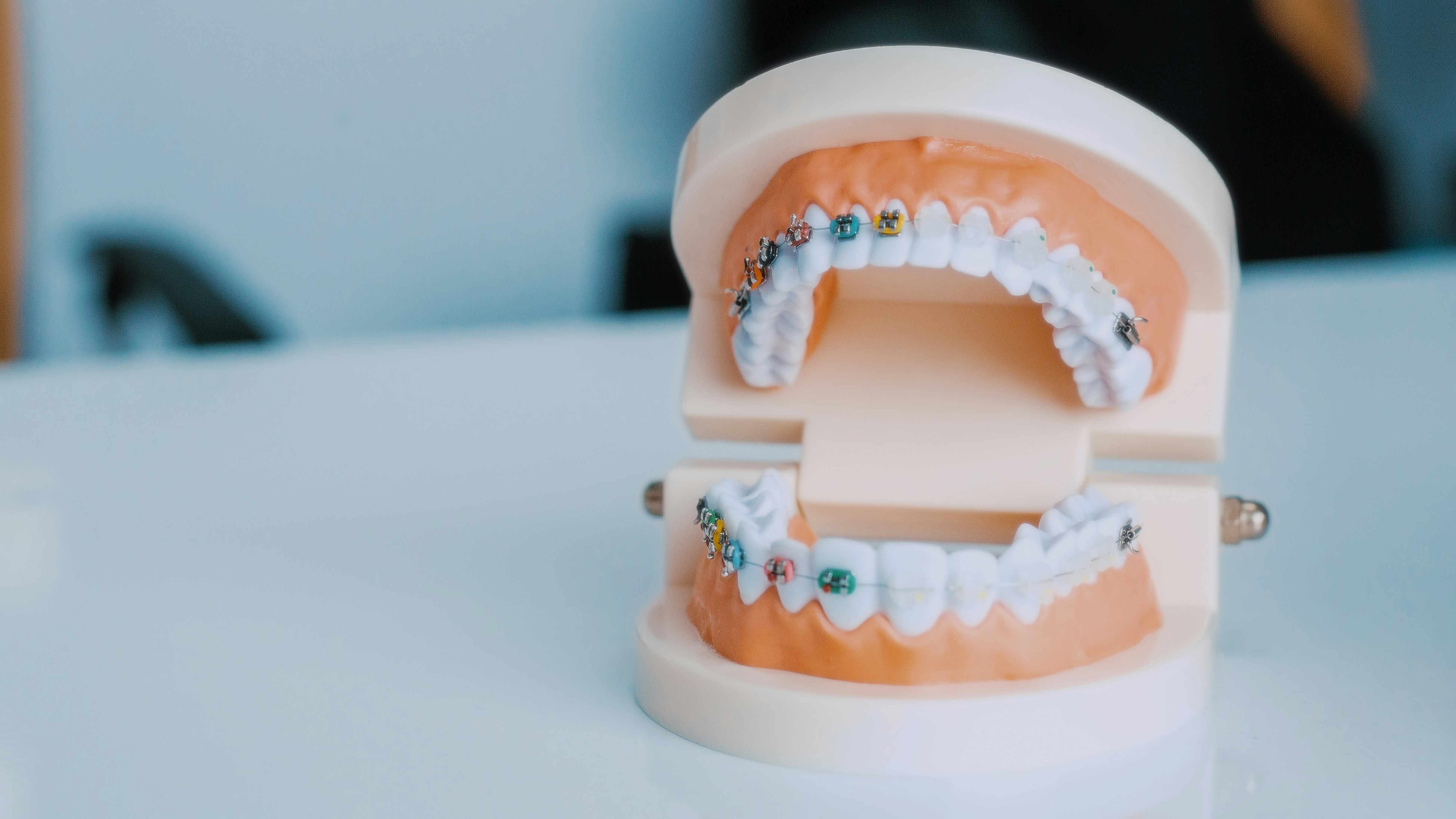Specialty Pathways: Moving from General Practice to International Specialist Roles
Transitioning from general dentistry to recognized specialist roles overseas involves coordinated planning around dental licensure, credentialing, continuing education and relocation. This article explains practical steps for developing clinical skills, using teledentistry, and preparing for job search and visa requirements.

This article is for informational purposes only and should not be considered medical advice. Please consult a qualified healthcare professional for personalized guidance and treatment.
Many general dentists consider pursuing specialist training to expand clinical skills and pursue work abroad options. Moving from general practice to an internationally recognized specialist role requires planning across several areas: dental licensure, credentialing, continuing education, practical relocation steps and adapting practice management. This overview outlines realistic steps and considerations to prepare for specialist pathways in orthodontics, endodontics, prosthodontics and pediatric dentistry without implying specific job availability.
What is dental licensure abroad?
Dental licensure requirements differ by country and determine legal scope of practice and whether specialist recognition is permitted. Common elements include primary degree verification, language proficiency testing, clinical examinations or supervised practice periods, and background checks. Some countries require additional exams or completed specialist residency programs for recognition in fields like orthodontics or endodontics. Researching the specific dental licensure pathway early helps set realistic timelines and reveals whether temporary supervised roles are available while completing requirements.
How does credentialing work internationally?
Credentialing brings together academic records, postgraduate certificates and documented clinical experience for regulators and employers. For international transitions, credentialing typically involves authenticated transcripts, certified translations, proof of residency completion where applicable, and case logs. Centralized credential verification services are used in several jurisdictions to streamline this process. Prospective specialists should maintain organized records of training, exam results and continuing education credits to support timely credentialing during relocation and job search activities.
Why continuing education matters for specialists?
Continuing education supports clinical competence and is often required for both licensure renewal and recognition as a specialist. Dentists moving toward orthodontics, prosthodontics, pediatric dentistry or endodontics benefit from structured courses, supervised residencies and hands-on workshops that develop advanced procedural skills. Accredited continuing education demonstrates commitment to up-to-date practice and strengthens applications for specialist programs or employer sponsorship. Balancing online modules with in-person clinical training helps maintain patient care while building specialist-level proficiency.
Can teledentistry support specialist transitions?
Teledentistry can assist with case consultations, remote supervision and multidisciplinary collaboration, especially during relocation or when access to specialist mentors is limited. General practitioners shifting toward specialist roles can use teleconsultations for second opinions, follow-up assessments and case discussions that contribute to learning. However, teledentistry does not replace formal specialist training or local licensure requirements. Providers must ensure telehealth use complies with patient privacy rules and the regulatory framework of both the clinician’s origin and destination jurisdictions.
How to handle relocation, visas and the job search?
Relocation planning for specialist roles includes visa considerations, employer sponsorship possibilities and timing for credential and licensure completion. Visa categories vary by country and may depend on recognized qualifications, employment contracts or academic placements. Engage immigration advisors, target-country licensing bodies and potential employers early to clarify documentation needs and provisional practice conditions. During the job search, present verified credentialing, continuing education records and a clear timeline for when full independent practice is expected under local regulations.
Which clinical skills transfer to specialist roles?
Core clinical skills from general dentistry—diagnostics, pain management, communication and infection control—transfer directly to most specialties. Discipline-specific skills, such as biomechanics for orthodontics, microscopic techniques for endodontics, prosthetic planning for prosthodontics, and behavior management for pediatric dentistry, require targeted supervised experience. Practice management abilities, including patient flow, team leadership and record keeping, also support a smoother transition. Keep detailed case logs and reflective notes from supervised cases to support credentialing and demonstrate progress toward specialist competence.
Conclusion
Transitioning from a general dental practice to an international specialist role is achievable with deliberate planning around dental licensure, credentialing and continuing education, while leveraging teledentistry and strong practice management. Careful preparation for relocation and visa processes, alongside documented clinical skills development, helps candidates align with regulatory expectations and present a robust profile for specialist recognition in another country.






